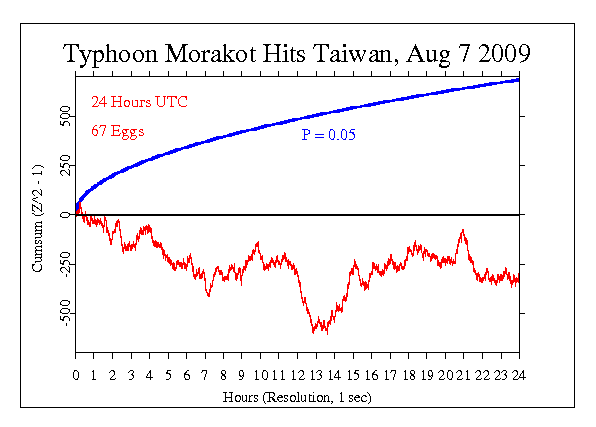|
From CNN.com
Typhoon Morakot dumped heavy rain on Taiwan early Saturday
and threatened to further soak the recently drought-stricken
island. As of 3 a.m. local time, the storm's eye was over the
northern part of the island, CNN forecaster Kevin Corriveau
reported, although he noted that slow-moving Morakot is so
large it encompassed the entire island.
Journalist Andrew Lee in Taipei, citing local media, said
the storm had blown off roofs and washed out some bridges.
Corriveau said the island has received more than 39 inches
(99 centimeters) of rain from the storm, which he said was
expected to dump another 39 to 47 inches (99 to 119
centimeters) of rain on Taiwan.
The storm made landfall carrying winds of up to 92 mph (148
km/h), with gusts up to 115 mph (185 km/h), the Joint
Typhoon Warning Center said.
More recent reports show great devastation, as in an AGI
(Taipei) story on 14 August:
"The recent passage of Typhoon
Morakot is having increasingly catastrophic results in
Taiwan. The death toll currently stands at 117 but,
according to Taiwanese President Ma Ying-jeou, the total
could reach as high as 500 victims. It seems increasingly
possible that around 380 people lost their lives buried
under mud and detritus which wiped out the village of
Hsiaolin, between the mountains in the south of the island,
hit by a gigantic mudslide that was caused by torrential
downpours caused by the typhoon."
Although Morakot hit several other countries including the
Phillipines, and it continued on to mainland China, the
greatest destruction and loss of life appears to be in
Taiwan. Thus we chose this single 24 hour period to
represent this long-drawn, widespread natural disaster.
The formal event was set for the 24 hours of August 7th,
2009, UTC. Chisquare is 86113.006 on 86400 df, for p = 0.755
and Z = -0.690.

It is important to keep in mind that we have only a tiny
statistical
effect, so that it is always hard to distinguish signal from
noise. This means that every "success" might be largely
driven by chance, and every "null" might include a real
signal overwhelmed by noise. In the long run, a real effect
can
be identified only by patiently accumulating replications of
similar analyses.
|